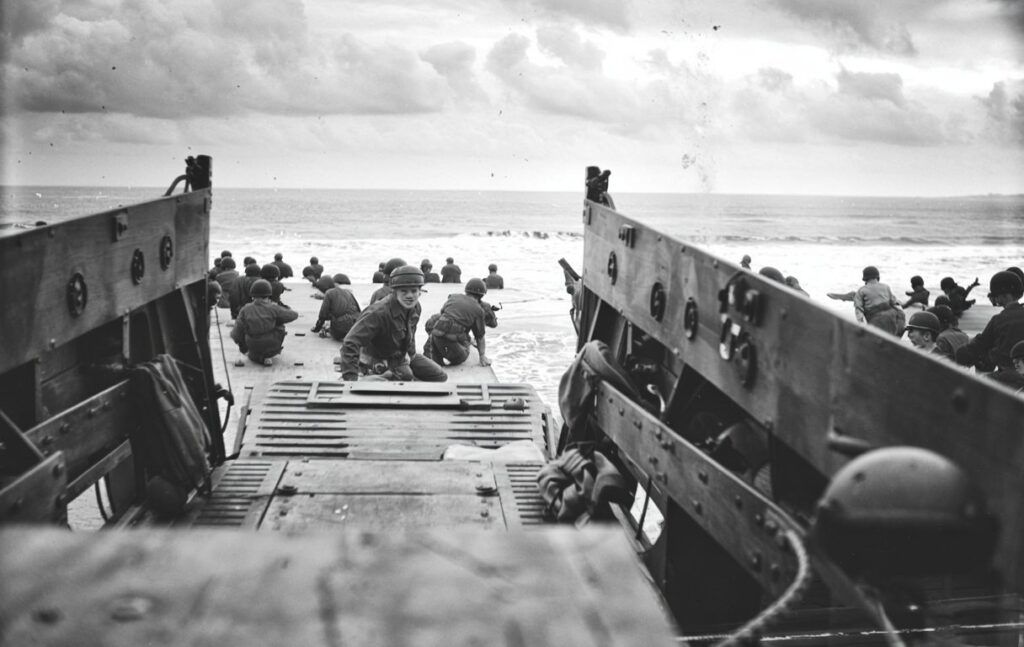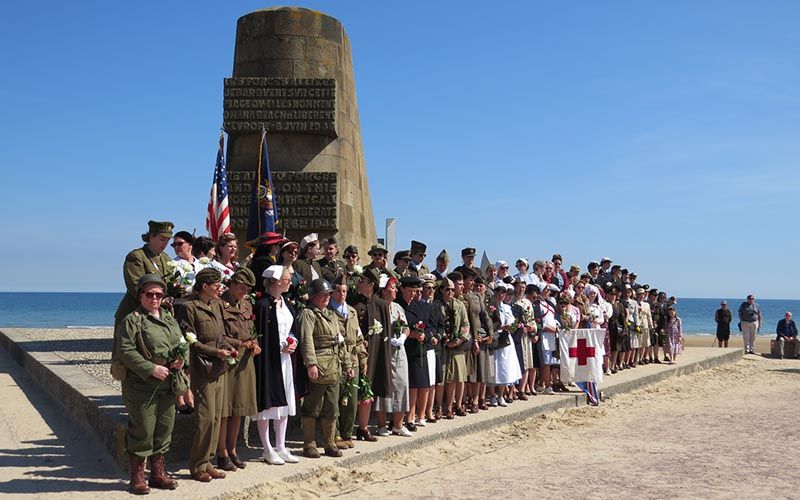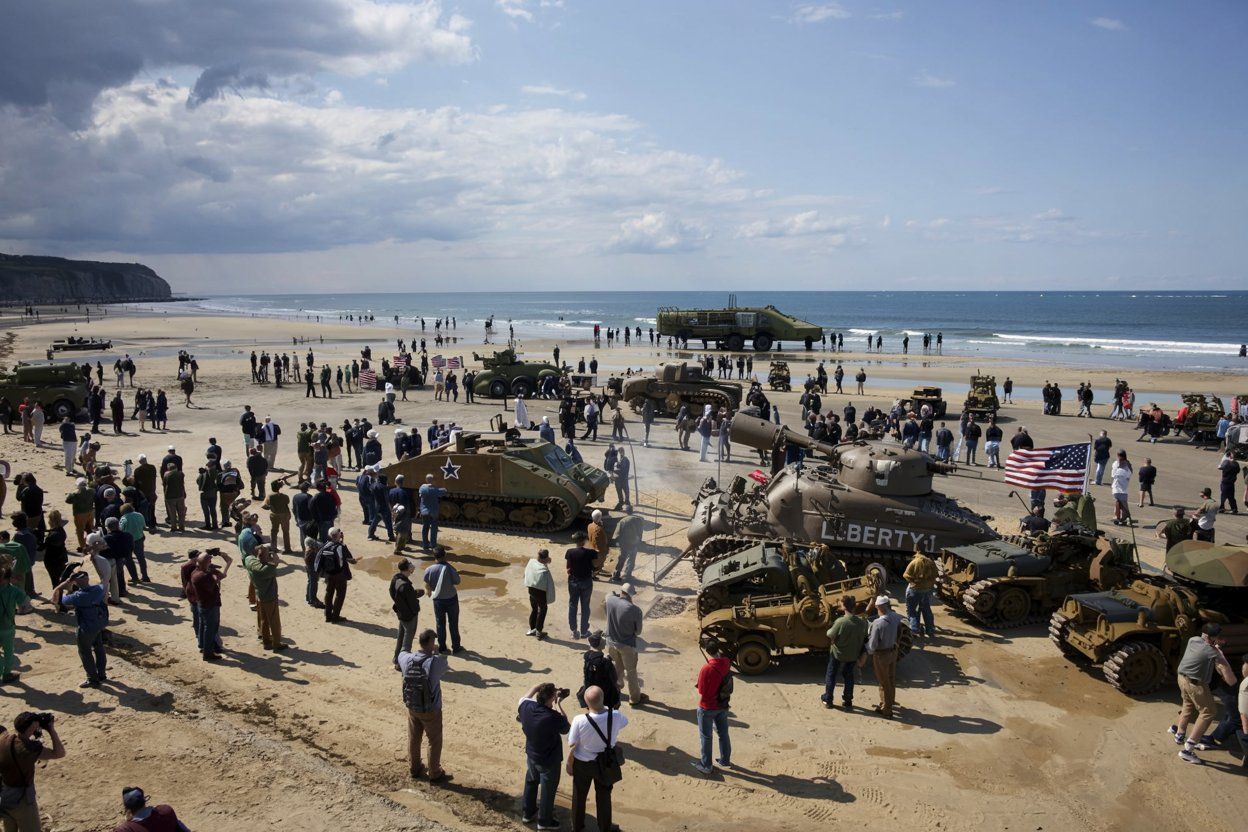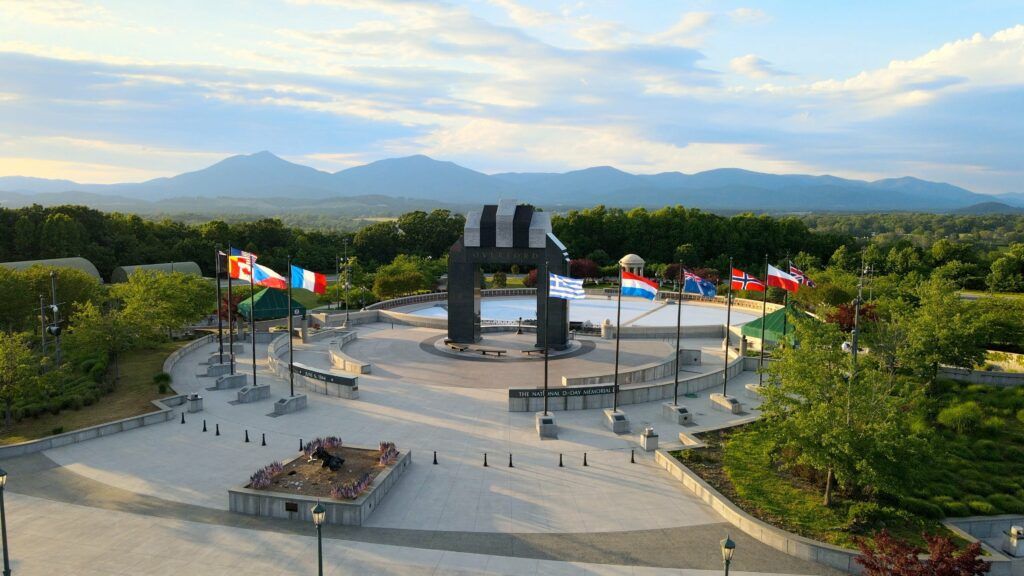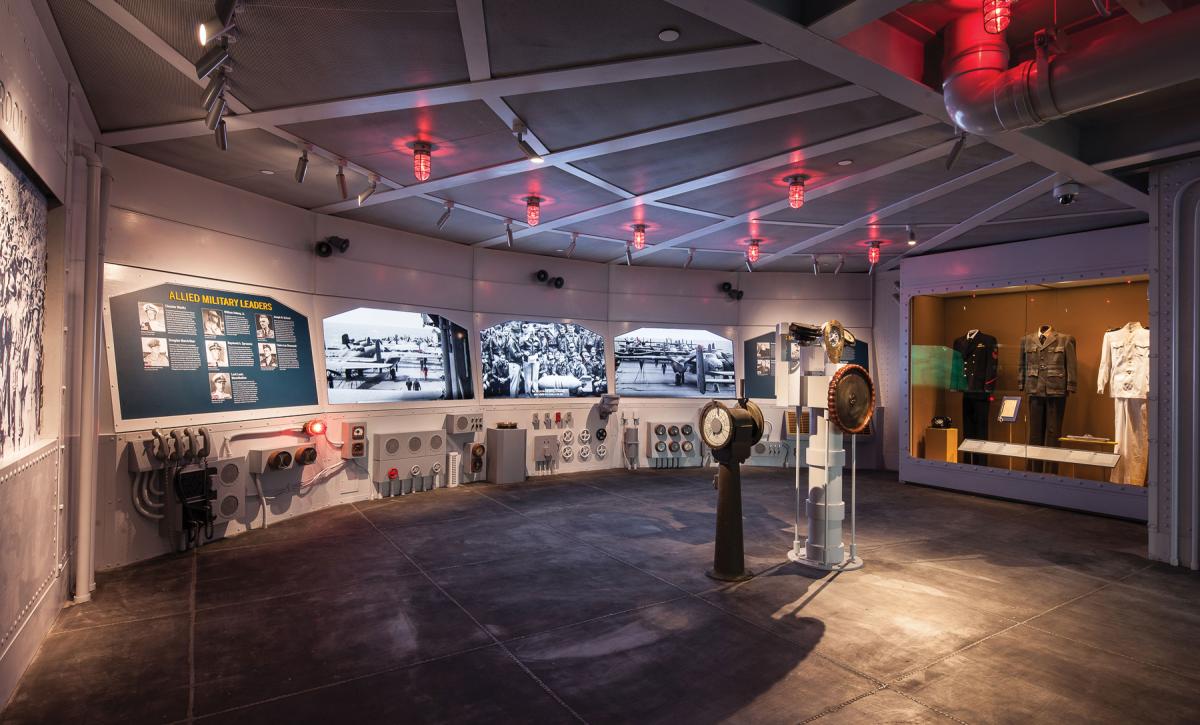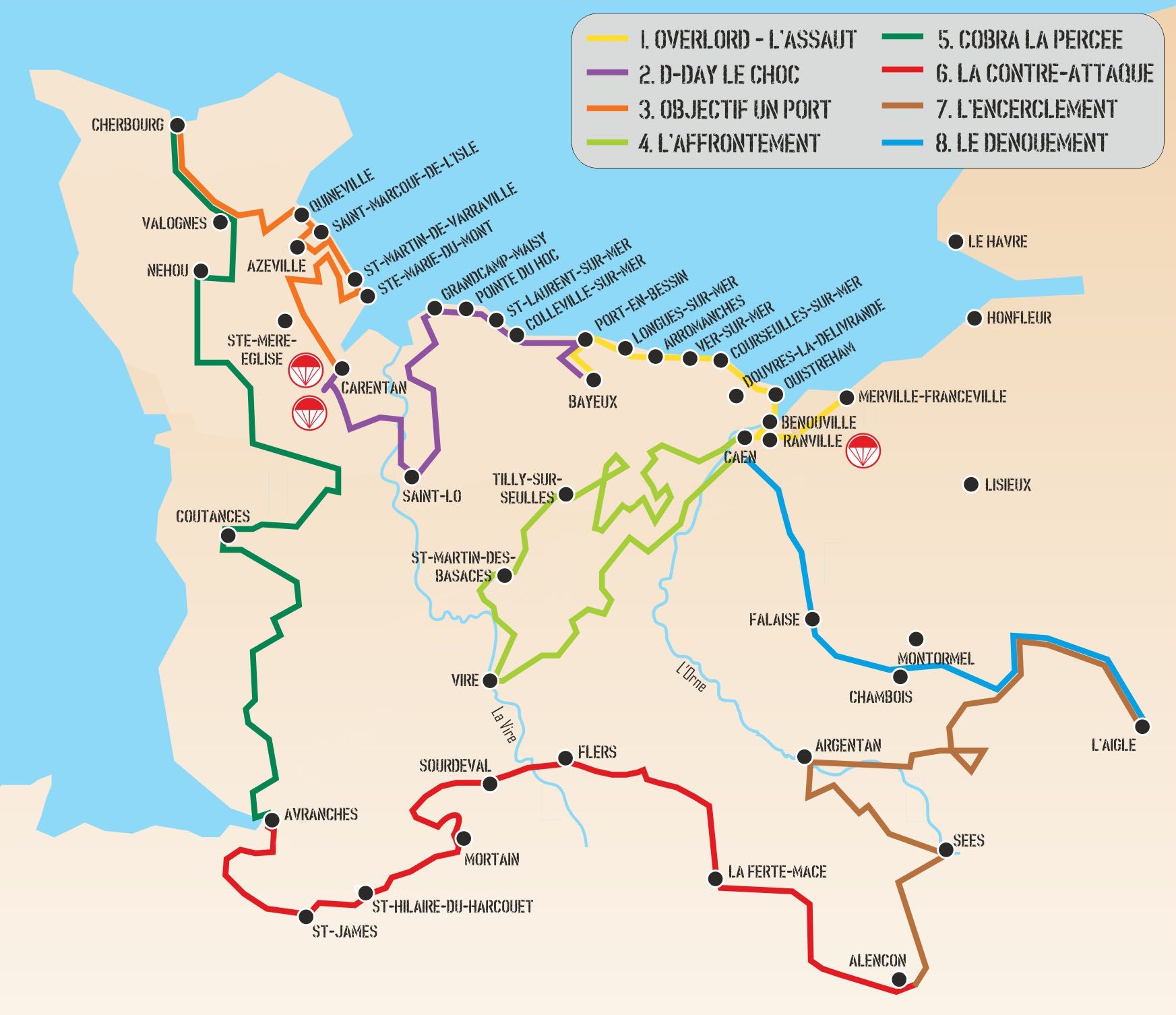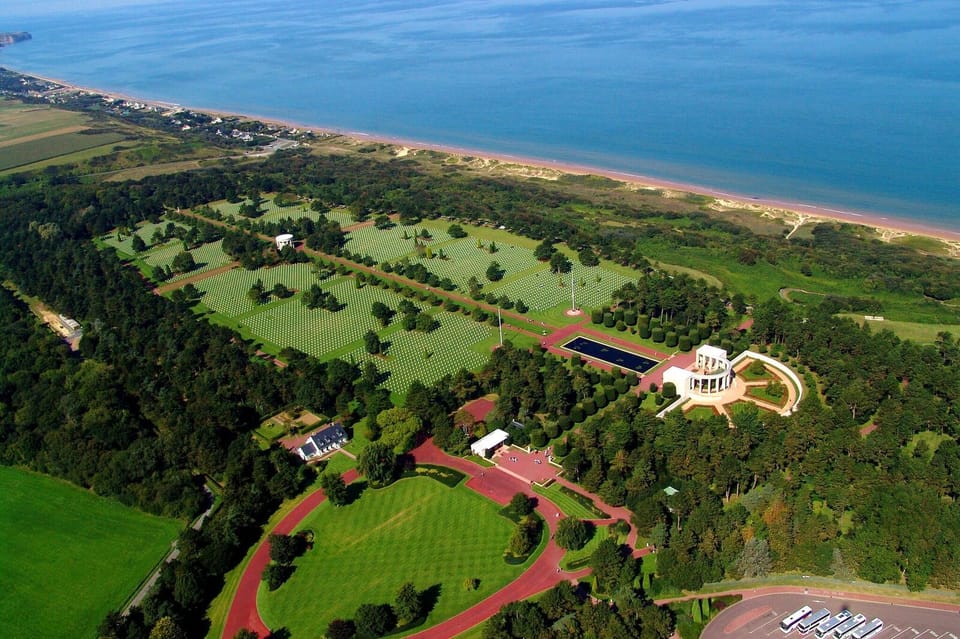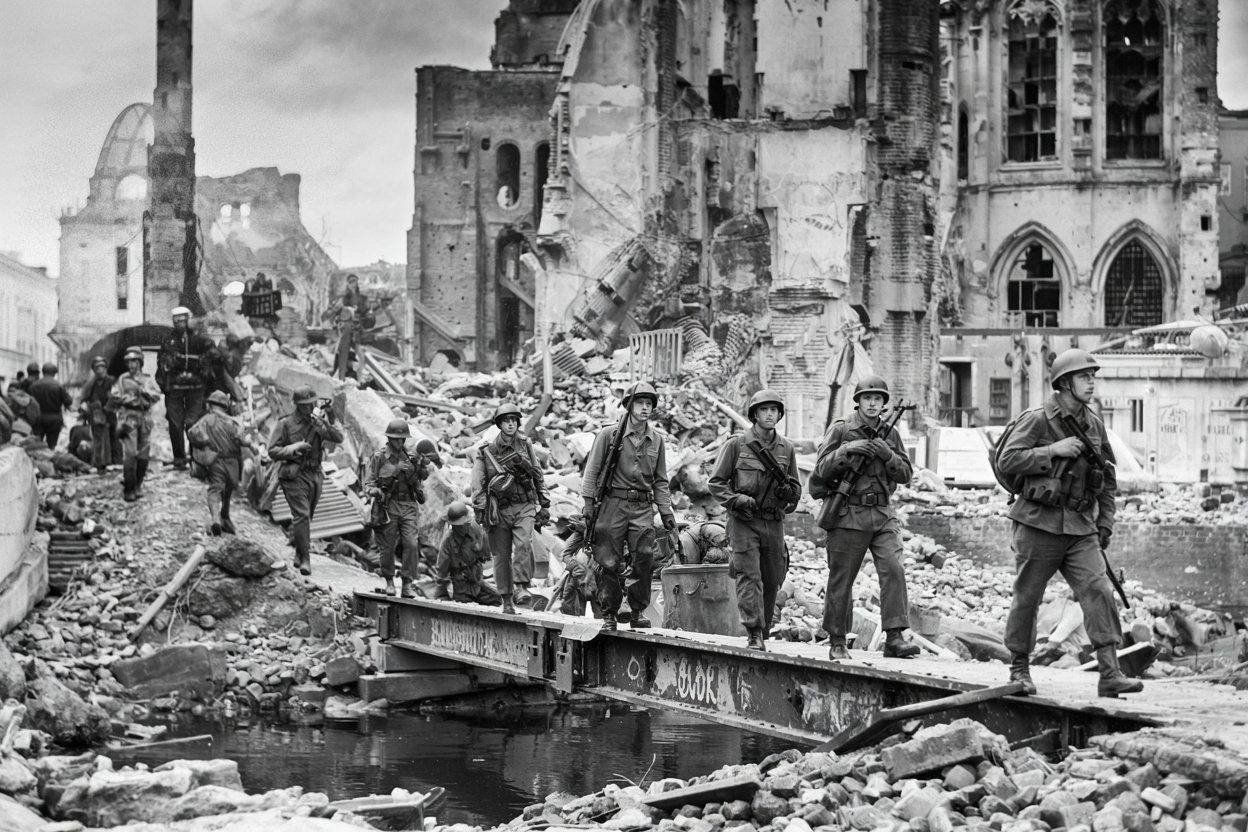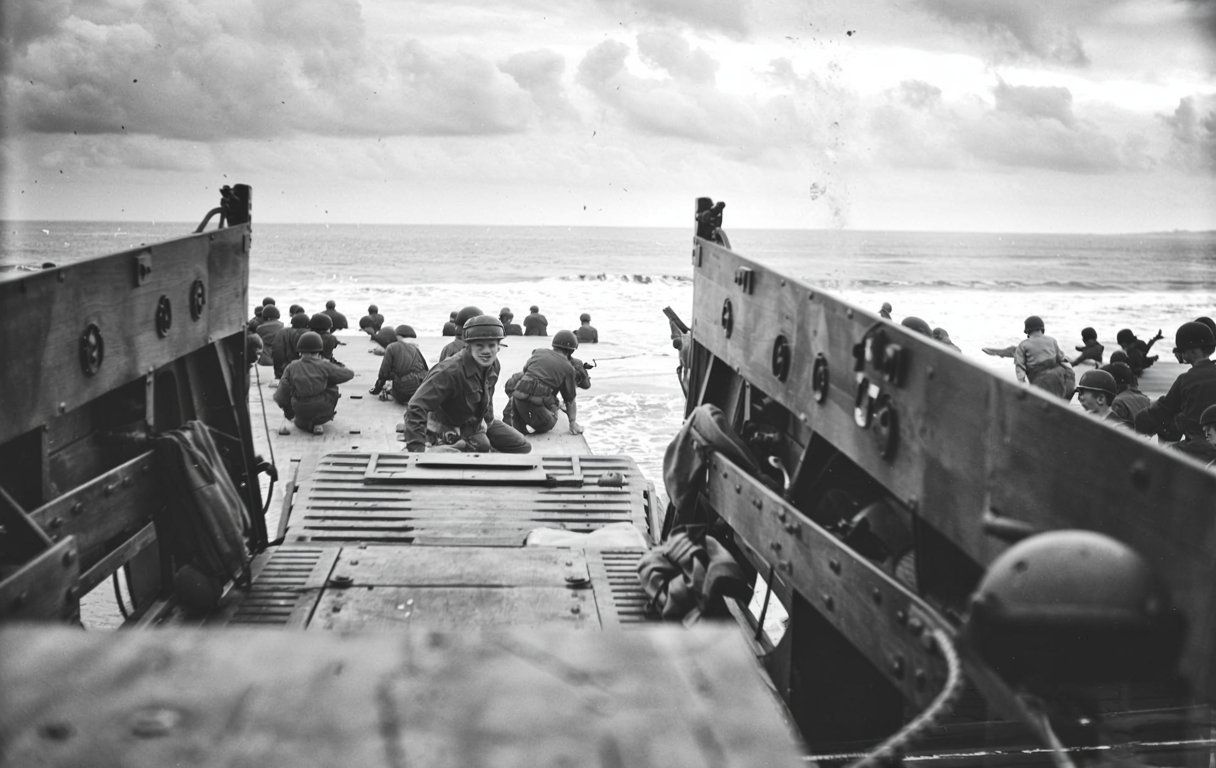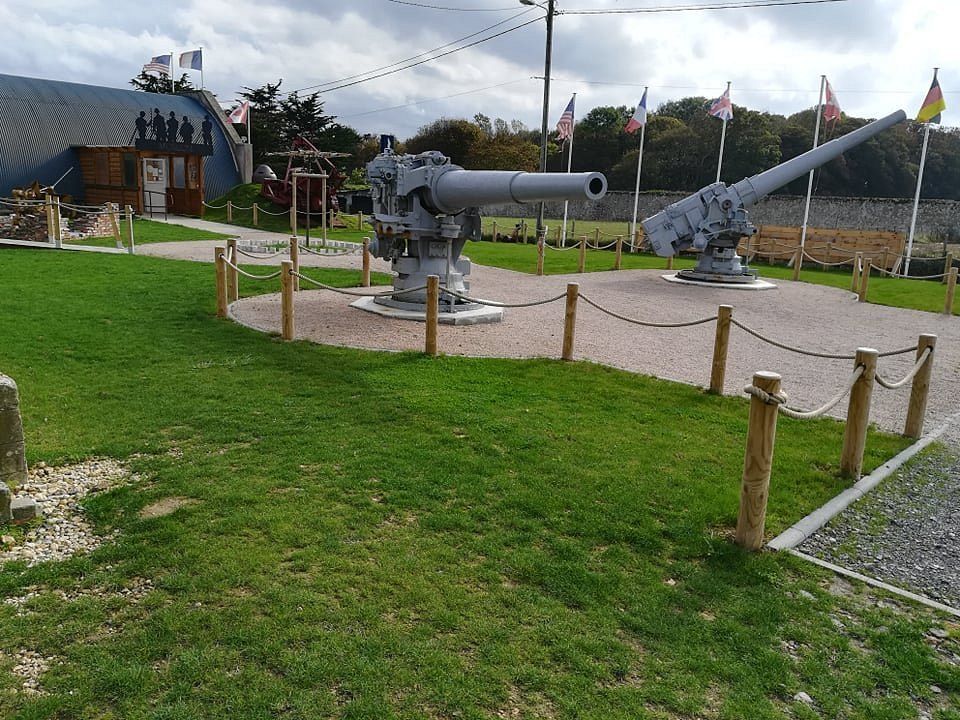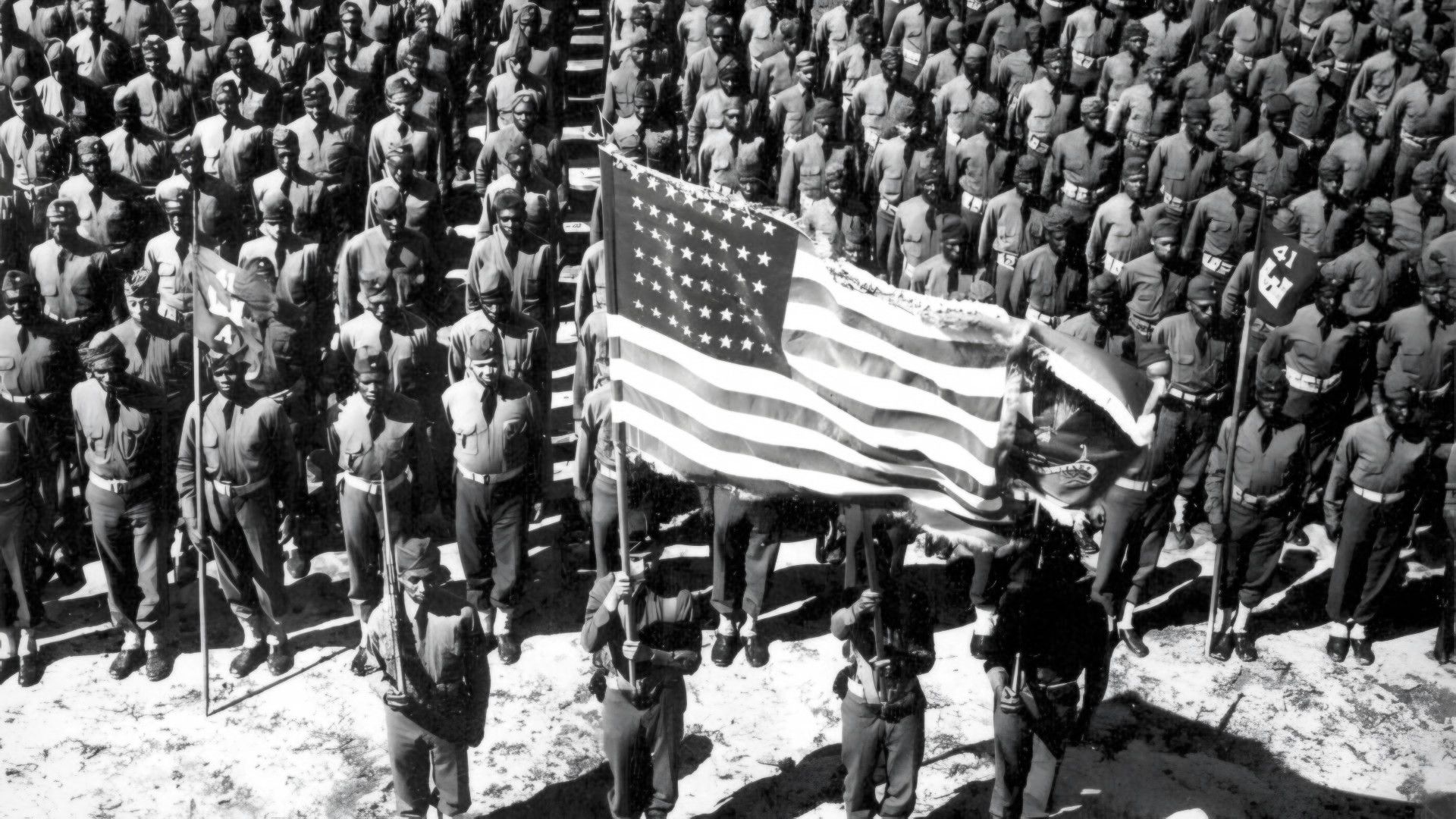D-Day stands out as one of the most pivotal operations in modern military history. On June 6, 1944, Allied troops stormed the Normandy beaches in France, launching Operation Overlord. From Omaha and Utah to Sword Beach, American and Allied soldiers faced fierce German resistance, fighting for a foothold in Nazi-occupied Europe. The National D-Day Memorial Foundation and other organizations keep working to preserve the lessons and legacy of this crucial moment, making sure future generations recognize the sacrifice and courage on those infamous shores.
As the 81st anniversary of the Normandy invasion approaches, collecting and preserving veterans’ stories has never felt more urgent. The Veterans History Project is just one way people are capturing firsthand accounts before they’re lost. These personal stories shed light on the fear, grit, and camaraderie that official records simply can’t convey—those elements that shaped the experience of serving under General Eisenhower.
D-Day’s planning showcased the Allies’ extraordinary foresight. They spent years studying tides, terrain, and German defenses along the Atlantic Wall. This careful preparation, together with the raw bravery of those on the ground, eventually led to victory—but at a tremendous human cost. Preserving this history isn’t just about military strategy; it’s about honoring the individuals who risked everything for freedom.
Historic Ships
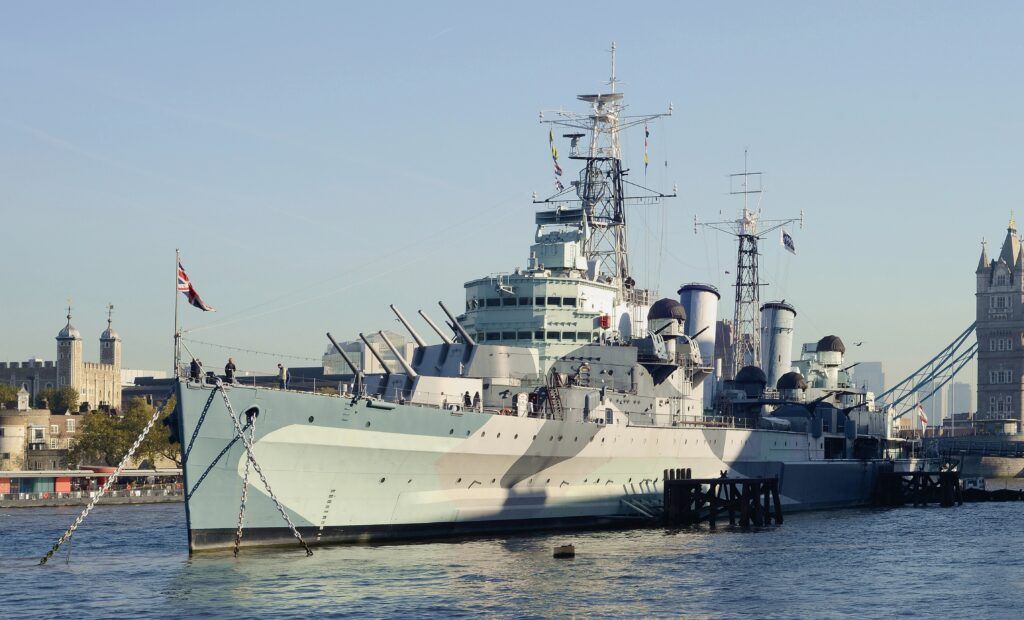
Several ships from the D-Day invasion have survived as historical monuments. These vessels are more than old steel—they’re reminders of Operation Overlord and the Allied push into Normandy on June 6, 1944.
The USS Texas stands out. This battleship took part in the D-Day operations and now lives on as a museum ship. It’s actually the first battleship ever given US National Historic Landmark status, which is kind of amazing if you think about it.
The Battleship Texas Foundation works to keep this ship afloat, literally and figuratively. Their goal is to turn the USS Texas (BB-35) into an educational resource for the future. The ship is a real, physical link to the massive naval effort known as Operation Neptune.
Landing craft played a huge role, too. These specialized boats brought troops right onto Normandy’s beaches. Museums around the world have preserved some of these landing craft, letting visitors get a glimpse of what it might’ve been like for soldiers during the assault.
The D-Day Story museum, among others, has teamed up with organizations nationwide to display 80 fascinating objects from D-Day, including items from various ships that were there.
Preserving these ships isn’t just about keeping them rust-free. It’s about maintaining their authenticity, so people can really get a sense of the naval side of the Normandy landings and just how massive the operation was.
Click here to read more about historic WW2 ship preservation.
Restored Aircraft
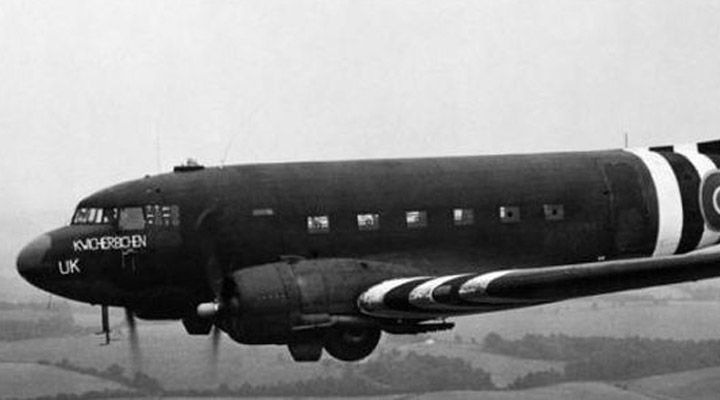
Some of the most impressive efforts to preserve D-Day history involve restoring the aircraft that once soared over Normandy. These planes aren’t just museum pieces—they’re tangible links to the past, letting us see and sometimes even hear the machines that took part in history.
Take “That’s All, Brother,” for example—a C-47 troop carrier that led the main invasion force. This plane was rescued from a scrap yard and painstakingly brought back to life. Since its restoration, it’s logged over 100 hours of flight time, which is honestly pretty wild.
Restoring these planes isn’t easy. Teams try to keep as many original parts as possible, but they also have to make sure the aircraft can actually fly. It’s a tricky balance, needing a lot of skill and dedication.
Back in 2019, several restored D-Day aircraft flew again for the 75th anniversary. Instead of just sitting in hangars, they dropped paratrooper re-enactors, recreating moments from the original invasion. That must have been something to see.
These flying museums help preserve D-Day history by:
- Providing real artifacts from the invasion
- Offering dramatic demonstrations of military operations
- Honoring the veterans who flew or jumped from these planes
- Teaching younger generations about WWII
The fact that so many of these planes can still fly more than 75 years later? That says a lot about the original engineering—and the folks who restore them today.
Click to read more about historic WW2 aircraft preservation.
Tanks, Automobiles, And Tracks
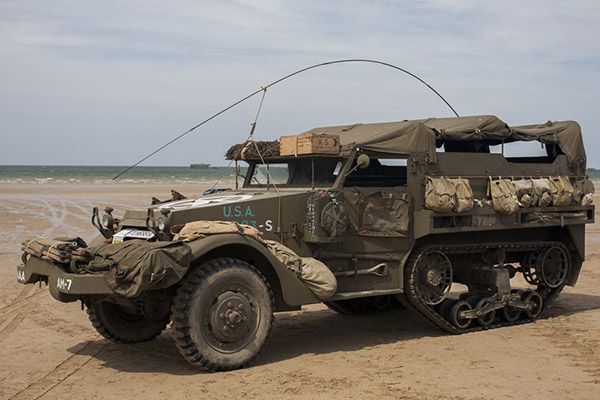
D-Day’s success depended a lot on special vehicles built to overcome tough obstacles. Among them were “Hobart’s Funnies,” quirky but genius tanks modified by British Major General Percy Hobart.
Each of these tanks had a specific job. Some cleared mines, others smashed through obstacles, and a few even carried massive 290 mm mortars to blow apart big barriers.
Every D-Day tank battalion rolled in with about 70 tanks, including four “dozer” tanks to clear the thick Normandy hedgerows. Those hedgerows—honestly, they were a nightmare for any vehicle.
Rhino tanks, with their hedgerow-cutting prongs, were a game-changer for American troops. Without them, soldiers could’ve been stuck or dangerously exposed.
Paratroopers from the 101st Airborne often worked with these armored units right after landing. Airborne troops would grab key spots while tanks brought the heavy firepower needed to hold off German counterattacks.
Barrage balloons floated above, protecting vehicles and ships from enemy planes. They made it way harder for German aircraft to strafe the landing craft and tanks as they came ashore.
That teamwork between paratroopers and tanks? It was crucial for expanding the beachhead. Airborne units could slip through places tanks couldn’t, and the tanks gave them the muscle to hang on when things got rough.
1942 Jeep Project
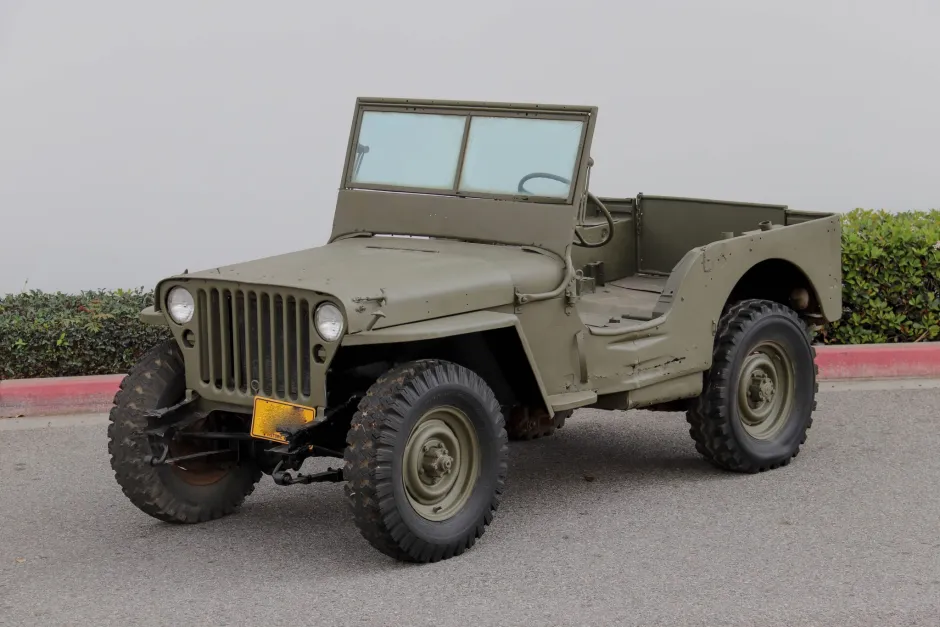
Restoring a 1942 GPW Jeep gives us a direct link to D-Day and WWII. One project, based on its frame number, involved a Jeep built in Dallas in April 1942. That’s a long time for any vehicle to survive.
A lot of wartime Jeeps you see today are actually a mix of parts from different vehicles. Back then, they just fixed whatever broke with whatever was handy—nobody cared about matching serial numbers in the middle of a war.
From 1941 to 1945, over 600,000 Jeeps rolled off the line for military use. These little workhorses were everywhere during the liberation of Europe, especially at Normandy.
After the fighting, many Jeeps stayed behind in Europe. Rather than getting scrapped, they ended up in civilian hands, helping rebuild France and other countries. It’s kind of poetic—machines built for war becoming tools for peace and recovery.
Today, thousands of WWII Jeeps survive in private collections. Some owners even drive them back to Normandy for D-Day commemorations, turning history into something you can see, hear, and touch.
Restoring one of these Jeeps takes a lot of research and patience. Enthusiasts often try to uncover their vehicle’s specific story, tracing where it might’ve served.
The 1942 Jeep is more than a military relic. It’s a symbol of mobility, creativity, and the everyday tools that helped the Allies win. For restorers, every project keeps a piece of World War II heritage alive—one bolt and dent at a time.

